
Upcoming Webinar: Regional Perspectives on mCDR along the U.S. West Coast, Alaska, and British Columbia
This webinar will provide a regional overview of marine carbon dioxide removal (mCDR) activities along the North American Pacific Coast.
Mitigating Ocean Acidification
What is Carbon Dioxide Removal?
Carbon dioxide removal aims to remove carbon dioxide (CO2) from the atmosphere and store it on land, underground, or in the ocean.
Carbon dioxide removal (CDR) aims to remove carbon dioxide (CO2) from the atmosphere and store it long-term underground or in the ocean. There are many techniques and strategies to remove CO2 from the atmosphere, some of which operate on land whereas others are in the ocean. Ocean-based methods are often referred to as marine CDR (mCDR). These techniques differ in their readiness for deployment and there are many unknowns about scalability, effectiveness, cost, and social and ecological impacts.
NOAA’s CDR Research Strategy presents the benefits and risks of different land-based and ocean-based techniques and NOAA assets available to assess them.
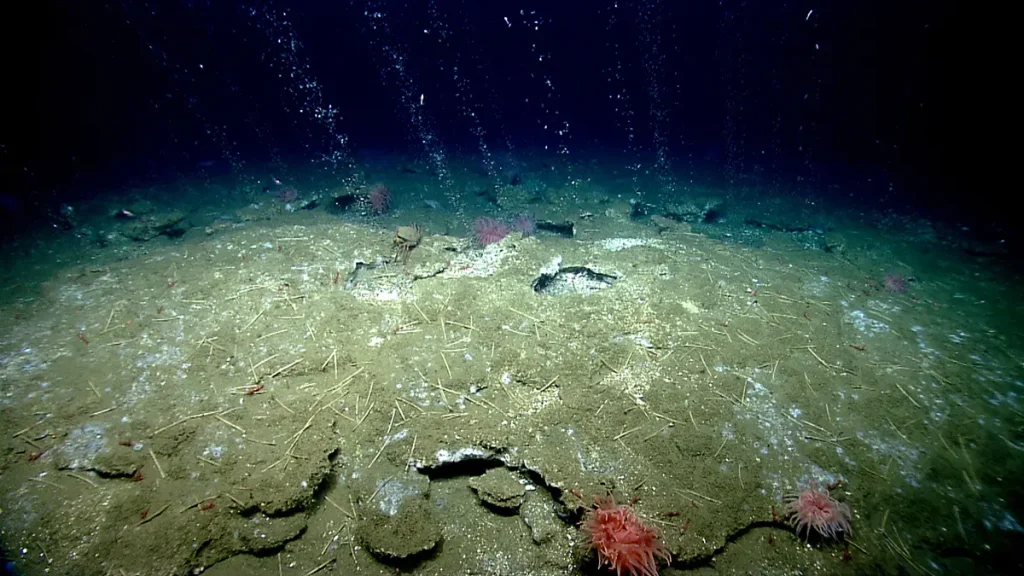
Some of the proposed mCDR approaches may have potential to mitigate ocean acidification. Learn more about how mCDR and ocean acidification are related and these approaches.
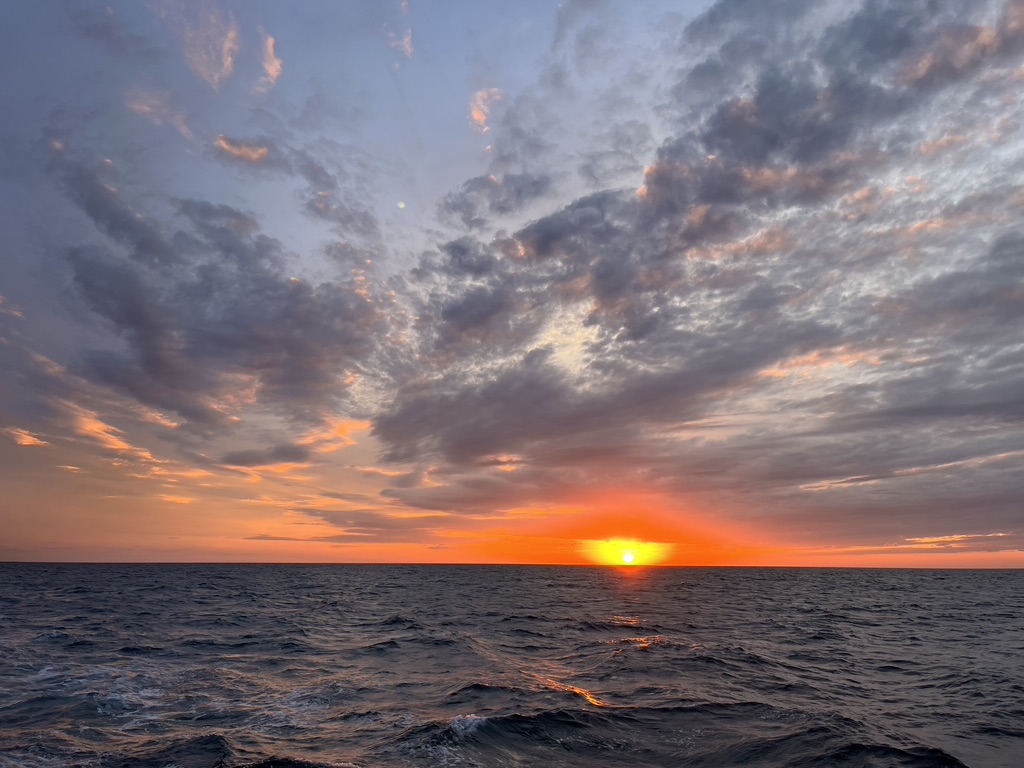

Alkalinity enhancement aims to increase the ocean’s CO2 storage capacity by changing the chemistry of the sea water to encourage greater absorption of CO2 from the atmosphere. This method converts CO2 to stable carbonate forms, which reduces ocean acidification. It could be a valuable, albeit slow, acidification mitigation mechanism, but many unknowns around these techniques remain. NOAA has a well demonstrated ability to detect changes in ocean alkalinity and ocean carbon content on broad scales that can help evaluate concerns around these approaches.


Image Credit: Sarah Battle, NOAA
Kelp farming or ocean afforestation uses the fast growth of kelp or other algae to capture CO2 from surface waters, potentially mitigating ocean acidification. Carbon in kelp tissue would then be stored in ocean sediments when kelp sinks to the bottom. While this may be a natural process to efficiently capture CO2, it may only have local or seasonal mitigating effects or benefits over short timescales. This approach may risk displacing existing phytoplankton productivity or produce other negative biogeochemical impacts. NOAA can provide modeling and observing capacity to assist siting and help answer questions about sequestration, storage, and impacts.
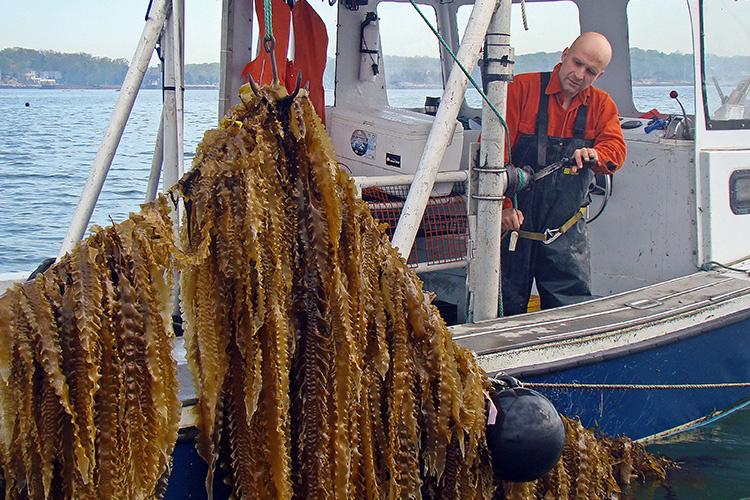

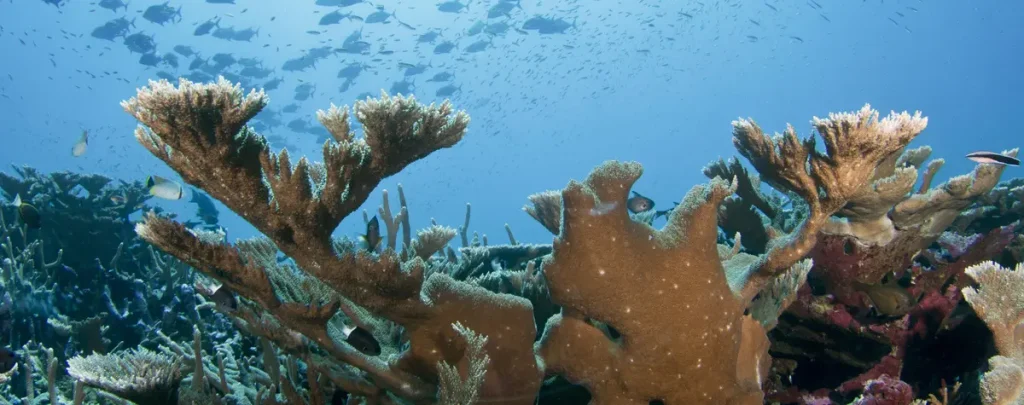
Strategy for NOAA Carbon Dioxide Removal Research
NOAA’s CDR research strategy outlines what we know about existing technologies and what we need to learn to make the best decisions moving forward to meet climate goals with these approaches.
NOAA can contribute to advancing our understanding through:


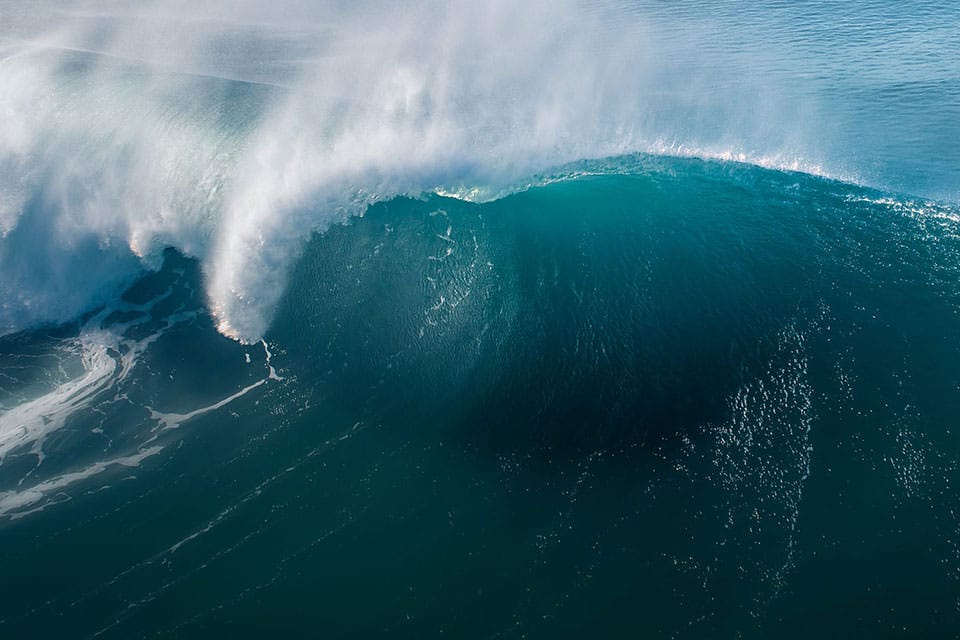
This State of the Science fact sheet explains the current status of carbon dioxide removal and various approaches to accomplish it.
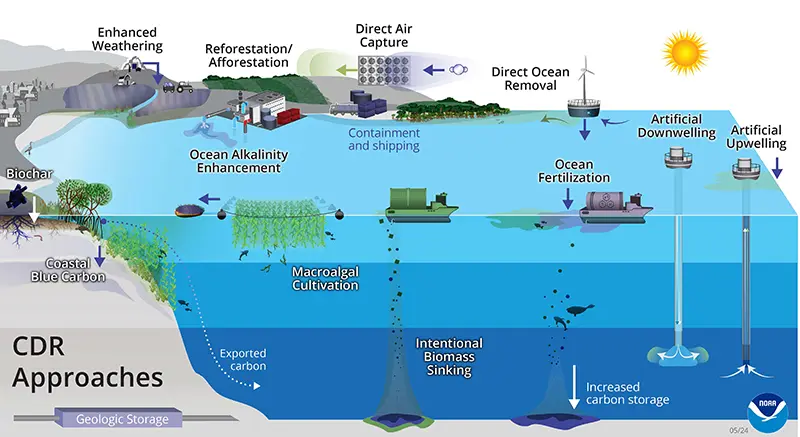
This gallery is a collection of graphics from the NOAA Carbon Dioxide Removal Research Strategy that demonstrate various approaches of carbon dioxide removal.
See our most recent news related to carbon dioxide removal.

This webinar will provide a regional overview of marine carbon dioxide removal (mCDR) activities along the North American Pacific Coast.

A new technical report published by the Fisheries and Ocean Canada and NOAA summarizes our knowledge gaps regarding the potential of blue carbon to mitigate coastal ocean acidification in shared waters.

NOAA Library Seminars presents a research update around the efficacy of wastewater ocean alkalinity enhancement (OAE) for mitigating local ocean and coastal acidification.
The NOAA Ocean Acidification Program exists to meet the ocean acidification research and monitoring needs of the U.S. See how you can get involved to serve your community and participate in cutting-edge research and education and outreach.

Bioeconomic models are a multidisciplinary tool that use oceanography, fisheries science and social science to assess socioeconomic impacts. Funded by the Ocean Acidification Program, researchers at the Alaska Fisheries Science Center use a bioeconomic model to study the impacts of ocean acidification on Eastern Bering Sea crab, northern rock sole and Alaska cod. The goal is to predict how ocean acidification will affect abundance yields and income generated by the fisheries. This work informs the potential economic impacts of ocean acidification and future decision making and research planning.

Long-term declines of red king crab in Bristol Bay, Alaska may be partially attributed to ocean acidification conditions. These impacts may be partially responsible for the fishery closures during the 2021–2022 and 2022–2023 seasons. Researchers found that ocean acidification negatively impacts Alaskan crabs generally by changing physiological processes, decreasing growth, increasing death rates and reducing shell thickness. Funded by the Ocean Acidification Program, scientists at the Alaska Fisheries Science Center continue to investigate the responses of early life history stages and study the potential of various Alaska crabs to acclimate to changing conditions. Results will inform models that will use the parameters studied to predict the effects of future ocean acidification on the populations of red king crab in Bristol Bay as well as on the fisheries that depend on them. Fishery managers will better be able to anticipate and manage stocks if changing ocean chemistry affects stock productivity and thus the maximum sustainable yield.

Understanding seasonal changes in ocean acidification in Alaskan waters and the potential impacts to the multi-billion-dollar fishery sector is a main priority. Through work funded by NOAA’s Ocean Acidification Program, the Pacific Marine Environmental Laboratory developed a model capable of depicting past ocean chemistry conditions for the Bering Sea and is now testing the ability of this model to forecast future conditions. This model is being used to develop an ocean acidification indicator provided to fisheries managers in the annual NOAA Eastern Bering Sea Ecosystem Status Report.
The NOAA Ocean Acidification Program (OAP) works to prepare society to adapt to the consequences of ocean acidification and conserve marine ecosystems as acidification occurs. Learn more about the human connections and adaptation strategies from these efforts.
Adaptation approaches fostered by the OAP include:

Using models and research to understand the sensitivity of organisms and ecosystems to ocean acidification to make predictions about the future, allowing communities and industries to prepare

Using these models and predictions as tools to facilitate management strategies that will protect marine resources and communities from future changes

Developing innovative tools to help monitor ocean acidification and mitigate changing ocean chemistry locally
Drive fuel-efficient vehicles or choose public transportation. Choose your bike or walk! Don't sit idle for more than 30 seconds. Keep your tires properly inflated.
Eat local- this helps cut down on production and transport! Reduce your meat and dairy. Compost to avoid food waste ending up in the landfill
Make energy-efficient choices for your appliances and lighting. Heat and cool efficiently! Change your air filters and program your thermostat, seal and insulate your home, and support clean energy sources
Reduce your use of fertilizers, Improve sewage treatment and run off, and Protect and restore coastal habitats
You've taken the first step to learn more about ocean acidification - why not spread this knowledge to your community?
Every community has their unique culture, economy and ecology and what’s at stake from ocean acidification may be different depending on where you live. As a community member, you can take a larger role in educating the public about ocean acidification. Creating awareness is the first step to taking action. As communities gain traction, neighboring regions that share marine resources can build larger coalitions to address ocean acidification. Here are some ideas to get started: